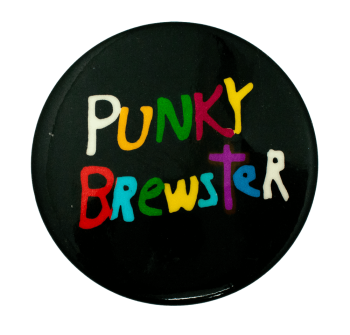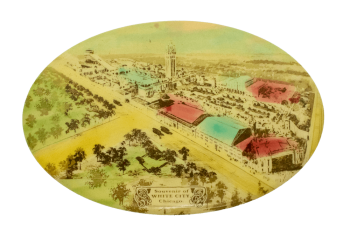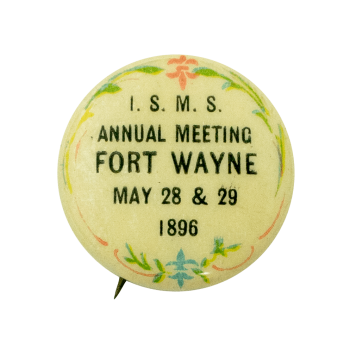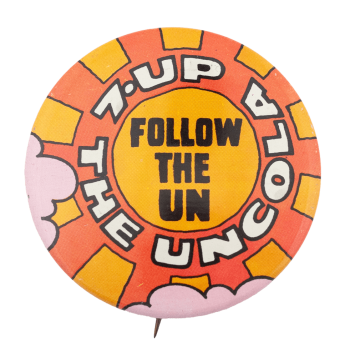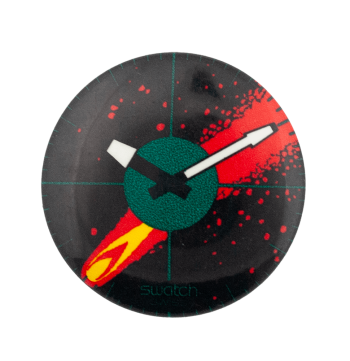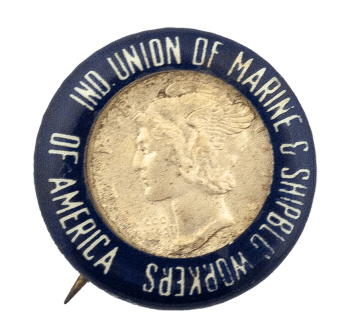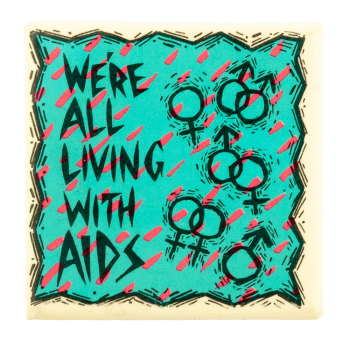Punky Brewster
| Category | |
|---|---|
| Additional Images | |
| Sub Categories | |
| Text on Button | PUNKY BREWSTER |
| Image Description | White, yellow, green, blue, purple, and red child-like text on a black background |
| Back Style | |
| The Shape | |
| The Size | |
| Year / Decade Made | |
| Additional Information | Punky Brewster was an American sitcom geared toward children and families that aired on NBC from 1984 to 1986, followed by an additional year in syndication from 1987 to 1988. The show was about an orphan girl, Punky Brewster, who was adopted by an elderly man, Henry Warnimont. Punky Brewster, was known for her eccentric fashion style that featured mismatched clothes and pigtails, had a significant cultural impact on style of children, particularly girls of the 1980s. |
| Sources |
Punky Brewster (TV Series 1984–1988) ⭐ 6.5 | Comedy, family. (1984, September 16). IMDb. https://www.imdb.com/title/tt0086787/ |
| Catalog ID | EN0674 |

